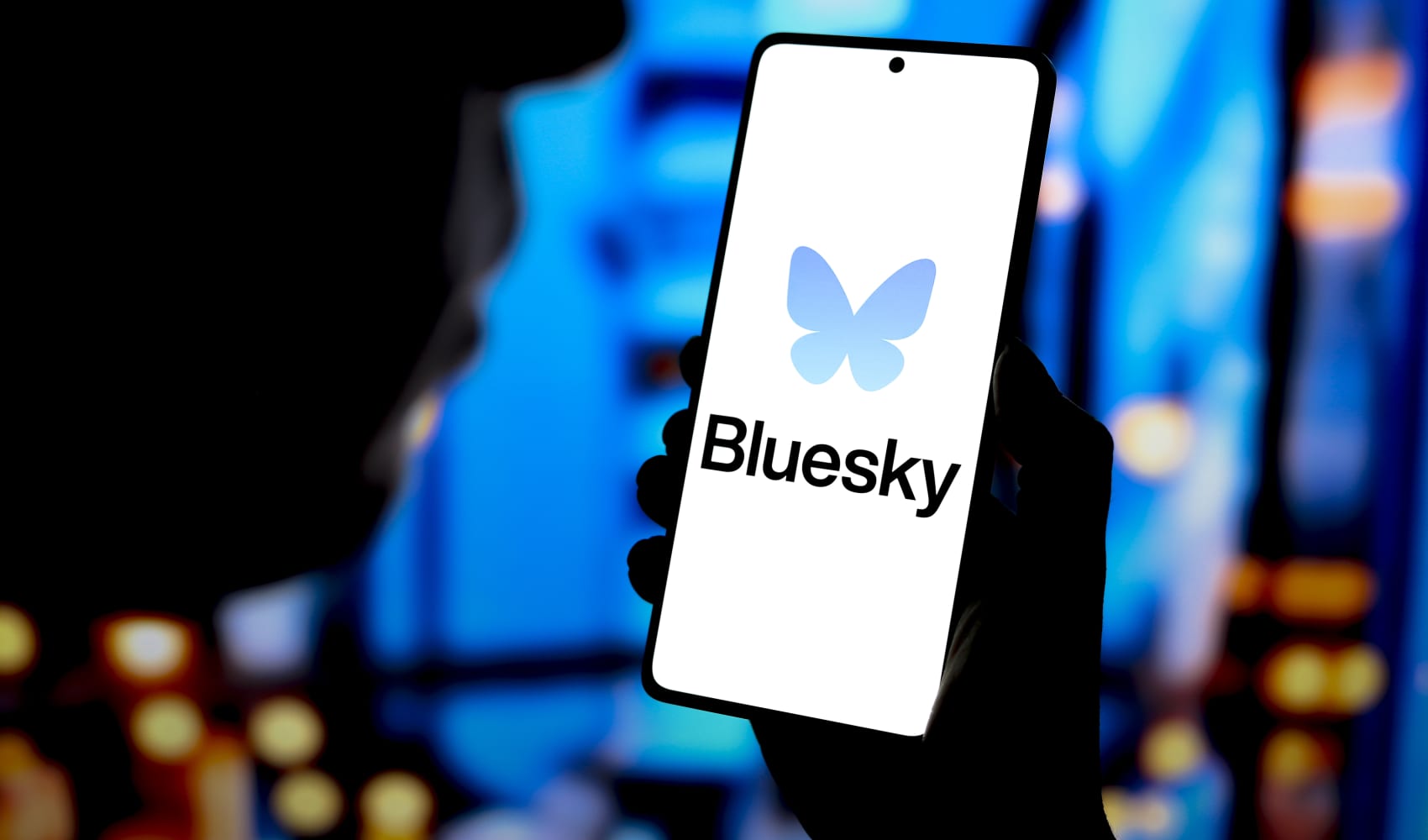
The Bluesky app displayed on a cell phone and computer monitor. The social media app Bluesky has seen its user base increase by 1.25 million since the U.S. presidential election as some people leave rival X, which is owned by Elon Musk.
Disgruntled X users are again flocking to Bluesky, a newer social media platform that grew out of the former Twitter before billionaire Elon Musk took it over in 2022. While it remains small compared to established online spaces such as X, it has emerged as an alternative for those looking for a different mood, lighter and friendlier and less influenced by Musk.
What is Bluesky?
Championed by former Twitter CEO Jack Dorsey, Bluesky was an invitation-only space until it opened to the public in February. That invite-only period gave the site time to build out moderation tools and other features. The platform resembles Musk’s X, with a “discover” feed and a chronological feed for accounts that users follow. Users can send direct messages and pin posts, as well as find “starter packs” that provide a curated list of people and custom feeds to follow.
Get top local stories in Connecticut delivered to you every morning. Sign up for NBC Connecticut's News Headlines newsletter.
Why is Bluesky growing?
Bluesky said in mid-November that its total users surged to 15 million, up from roughly 13 million at the end of October, as some X users look for an alternative platform to post their thoughts and talk to others online. The post-election uptick in users isn’t the first time Bluesky has benefited from people leaving X. The platform gained 2.6 million users in the week after X was banned in Brazil in August — 85% of them from Brazil, the company said. About 500,000 new users signed up in one day in October, when X signaled that blocked accounts would be able to see a user’s public posts.
Across the platform, new users — among them journalists, left-leaning politicians and celebrities — have posted memes and shared that they were looking forward to using a space free from advertisements and hate speech. Some said it reminded them of the early days of Twitter more than a decade ago.
Despite Bluesky’s growth, X posted after the election that it had “dominated the global conversation on the U.S. election” and had set new records.
Beyond social networking
Bluesky, though, has bigger ambitions than to supplant X. Beyond the platform itself, it is building a technical foundation — what it calls “a protocol for public conversation” — that could make social networks work across different platforms — also known as interoperability — like email, blogs or phone numbers.
Currently, you can’t cross between social platforms to leave a comment on someone’s account. Twitter users must stay on Twitter and TikTok users must stay on TikTok if they want to interact with accounts on those services. Big Tech companies have largely built moats around their online properties, which helps serve their advertising-focused business models.
Bluesky is trying to reimagine all of this and working toward interoperability.




